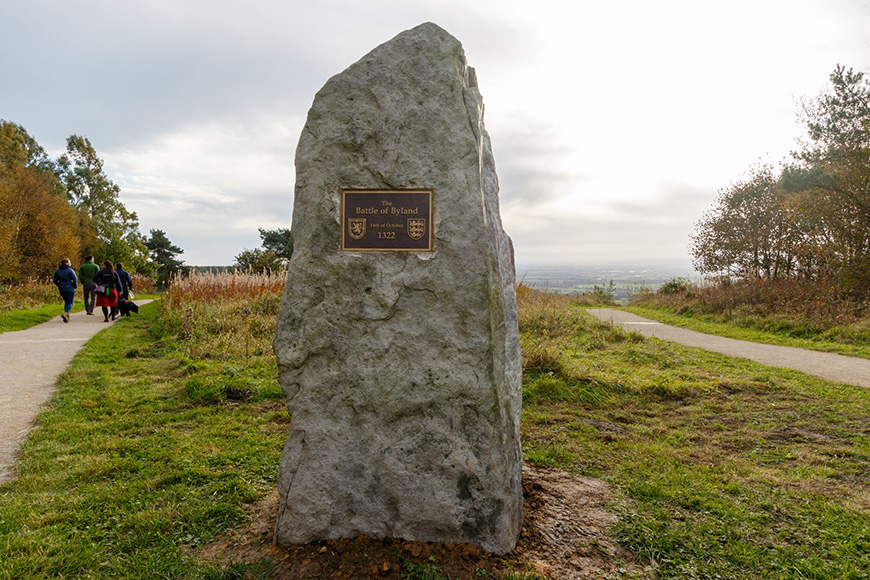Battle of Byland 1322 - Yorkshire's forgotten conflict
This significant, but largely forgotten battle, was fought in October 1322 between King Edward II of England and King Robert I (‘the Bruce’) of Scotland during the Scottish Wars of Independence.
Following Edward's failed (and last) campaign into Scotland, he was forced to retreat over the border, his vast army wasted by famine and disease. Robert seized the opportunity to counter-attack and led his army on a lightning march across country to arrive at Northallerton, just 15 miles from Edward, who had established his headquarters at Rievaulx Abbey.
Edward immediately ordered the Earl of Richmond, his field-commander, to post a strong advance guard along the Hambleton Hills escarpment, particularly at Sutton Bank, where the medieval track climbed a narrow pass, to prevent the Scots gaining the high ground. This, he hoped, would buy him valuable time to organise reinforcements.
On the morning of 14 October, the Scots army arrived at the foot of Sutton Bank, only to find the heights of this dramatic inland cliff defended by a strong and alert English force. The Scots began a frontal assault, leading to a fierce struggle as they inched their way upwards.
At the same time, Robert sent troops to circle round and reach the high ground via a hidden route. There are two steep gullies on the southern flank of Roulston Scar, which are most likely to be the routes used – Boar’s Gill and Hell Hole. Near the top of Hell Hole is a spot known as Scotch Corner, which is a strong clue that this is the site of the Scottish breakthrough.
With the enemy also bearing down on their left flank, the English broke and fled, probably towards Old Byland/Scawton. Richmond made a bold attempt to stand his ground, but his dispirited troops were soon overwhelmed by the well-disciplined Scottish attack.
Meanwhile Edward had retreated to Rievaulx, only to discover the Scottish horsemen were hot on his heels. He narrowly escaped by riding to Bridlington in search of a ship, but only after abandoning his treasure, baggage, and the Great Seal of England to the victorious Scots.

A new memorial stone and interpretation panel outlining the background to the Battle can be visited at a site near the top of the escarpment, close to the National Park Centre, thanks to a bequest from the North Yorkshire Moors Association.
